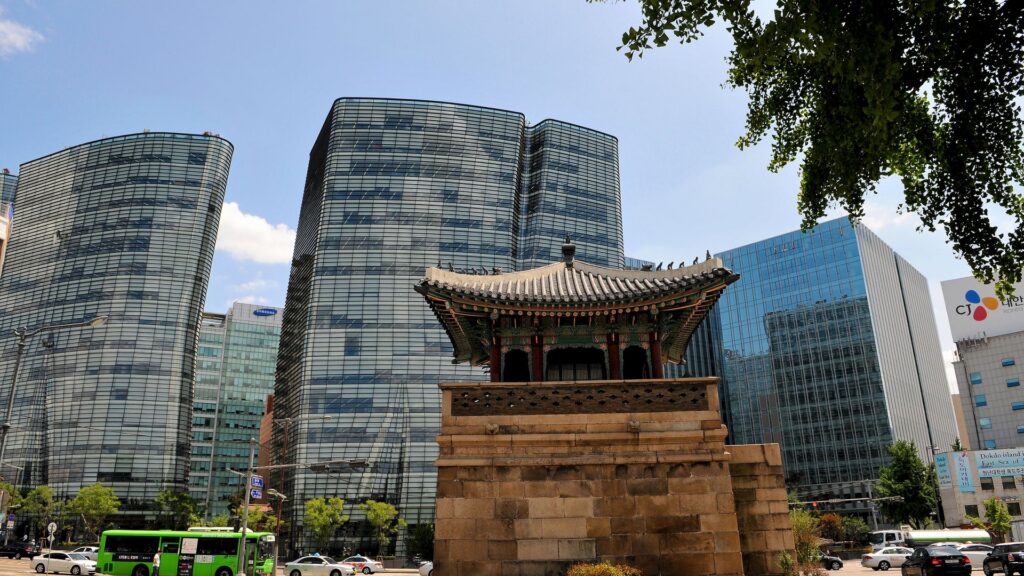Gyeongju, located in Gyeongsangbuk-do province in South Korea, is a city steeped in history and culture. Known as the "museum without walls," Gyeongju was once the capital of the ancient Silla Kingdom, which ruled over the Korean Peninsula for nearly 1,000 years.
One of the city's most famous landmarks is the Bulguksa Temple, a UNESCO World Heritage site that dates back to the 8th century. The temple is considered one of the finest examples of traditional Korean architecture and is a popular pilgrimage site for Buddhists.
Gyeongju is also home to the historic Seokguram Grotto, a man-made cave containing a magnificent statue of the Buddha. The grotto, which is also a UNESCO World Heritage site, offers visitors a glimpse into the religious and artistic traditions of the Silla Kingdom.
In addition to its ancient temples and grottos, Gyeongju is also known for its vibrant cultural scene. The city hosts numerous traditional festivals throughout the year, showcasing traditional music, dance, and art forms. Visitors can also explore the city's many museums and historical sites, which offer a fascinating glimpse into Korea's rich cultural heritage.
Gyeongju is a must-visit destination for anyone interested in Korean history and culture. With its ancient temples, beautiful landscapes, and rich cultural traditions, the city offers a truly unique and unforgettable experience for visitors.
What to explore:
1. Bulguksa Temple: This UNESCO World Heritage Site is one of the most famous temples in South Korea, known for its beautiful architecture and stunning surroundings.
2. Seokguram Grotto: Located near Bulguksa Temple, this grotto is home to a granite Buddha statue and offers stunning views of the surrounding area.
3. Cheomseongdae Observatory: This ancient observatory is one of the oldest surviving observatories in East Asia and offers a unique glimpse into ancient astronomy.
4. Anapji Pond: This beautiful pond is surrounded by picturesque gardens and offers a peaceful escape from the hustle and bustle of the city.
5. Daereungwon Tomb Complex: This archaeological site is home to several ancient tombs of Silla kings and nobles, offering a fascinating look into Korea's ancient history.
6. Gyeongju National Museum: This museum houses a vast collection of artifacts and relics from the Silla Kingdom, providing a comprehensive overview of the region's history and culture.
7. Bomun Lake: This scenic lake offers a variety of leisure activities, including boating, fishing, and hiking, making it a popular destination for outdoor enthusiasts.
8. Gyochon Hanok Village: This traditional village showcases well-preserved hanok (traditional Korean houses) and offers an insight into Korean culture and history.
9. Gyeongju Historic Areas: Explore the various historic sites scattered throughout the city, including temples, pagodas, and palaces, all of which reflect Gyeongju's rich cultural heritage.
